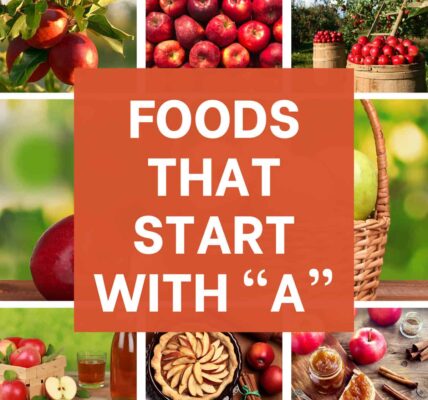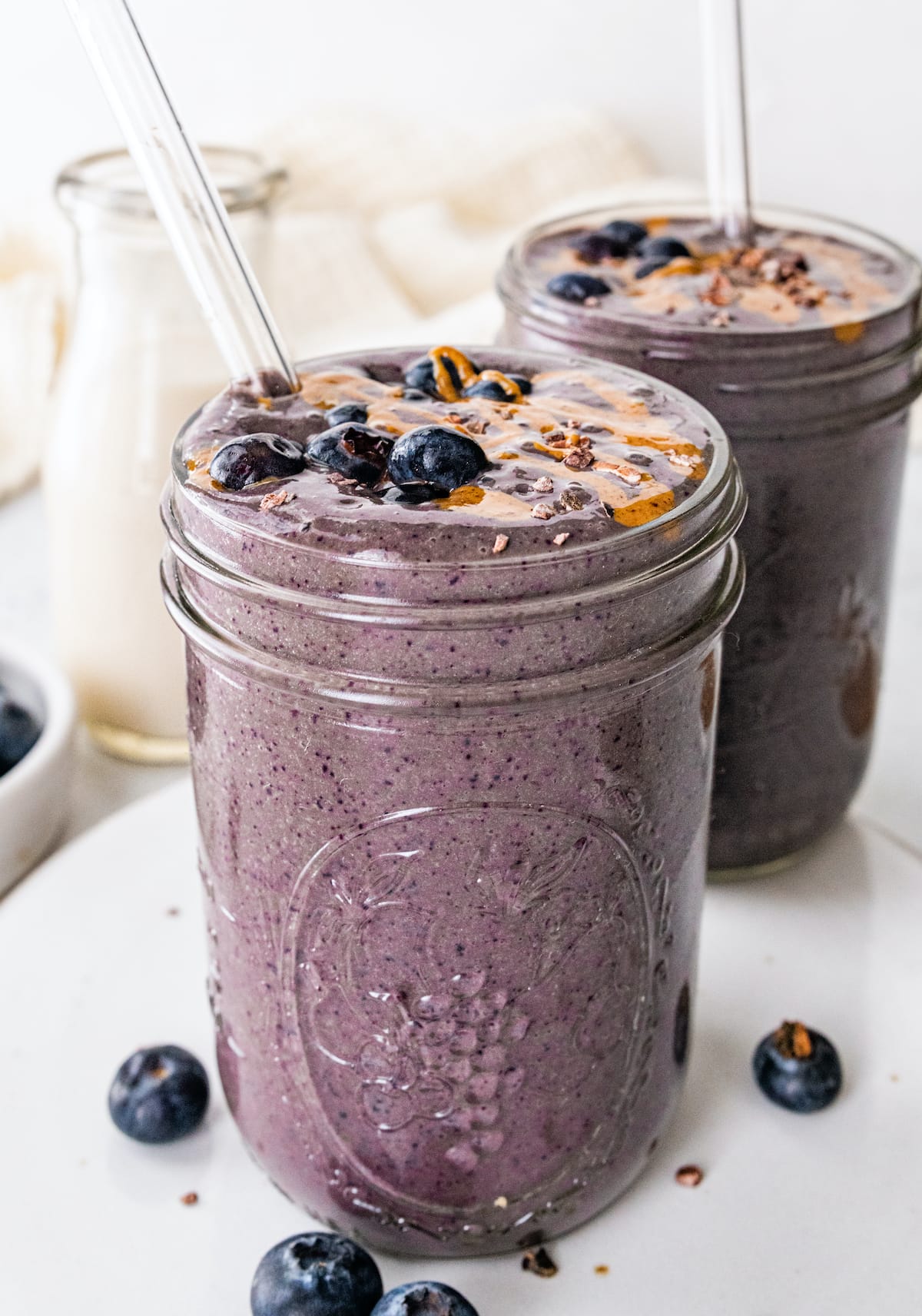Written by Stephanie Muñoz-Nieva, RD, M.Sc.
Did you know that iron-deficiency anemia is a common health problem in children? It happens to be one of the more important causes of developmental delay in children and can lead to growth and learning difficulties. Some of the risk factors for iron deficiency include low birth weight, preterm birth and rapid growth, as all of these can increase the iron needs in a growing child. That said, the major cause for iron deficiency is insufficient iron intake, which can be due to picky eating or improper meal balance. If this resonates, here are some tips to help your little one get the most of this key nutrient.
Tips to ensure your little is getting enough iron
1. Prioritize iron intake early on in your child’s development
As soon as your child is ready to eat solid foods, usually around 6 months of age, introduce a variety of iron-rich foods first. Whether you decide to use the traditional method or Baby Led Weaning, ensuring that your infant is getting enough iron is crucial at this age because of the rapid increase in iron needs. Starting right away also ensures that your child has tried a variety of iron-rich foods before they reach that “picky eating window” which studies show generally begins around the age of 9-10 months.
Iron-rich foods include:
- iron-enriched baby cereal
- meat
- poultry
- fish
- legumes
- firm tofu
Leafy greens also provide iron in your child’s diet but it is not recommended to rely on these foods to meet your child’s needs, as the iron availability in these foods is much lower.
2. Offer of iron-rich foods regularly
Infant and toddler iron needs are quite high relative to their body weight, volume of food intake and rate of growth. This shows the importance of offering iron regularly, at each meal and each snack, in a texture that is adapted to their developmental stage and motor skills. Offering iron-rich foods regularly can also help to increase your child’s chances of meeting their needs when they are selective with their food or during periods of fluctuating appetite. This may mean spreading some hummus or nut butters on a slice of bread instead of butter or adding iron-enriched baby cereals to replace flour in home baked goods.
3. Add a variety of colours to each meal
Iron absorption can be optimized by adding fruit and vegetable rich in Vitamin C. These include: peppers, strawberries, citrus fruits, and tomatoes, among others. For vegetarian and vegan infants, this is particularly important as iron availability in plant-source foods such as beans, lentils, and tofu is up to two times lower than in animal-source foods.
4. Avoid excess milk intake
Children who drink excess milk and milk products relative to their iron intake are more likely to have anemia. This typically occurs in children who have a low intake of meat, poultry, fish or legumes and who compensate by drinking more milk or consuming more dairy products.
In order to prevent this avoid offering more than 500-750 ml of milk in a day in infants below the age of two, particularly if your child does not eat iron-rich foods at least 3 times a day.
For your picky eater who doesn’t like eating some of these iron-rich foods, stay peeled for a blog article coming up on tips for getting your picky eater to try new foods. ☺









